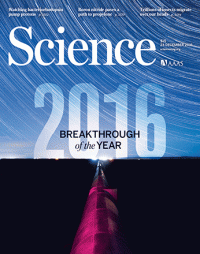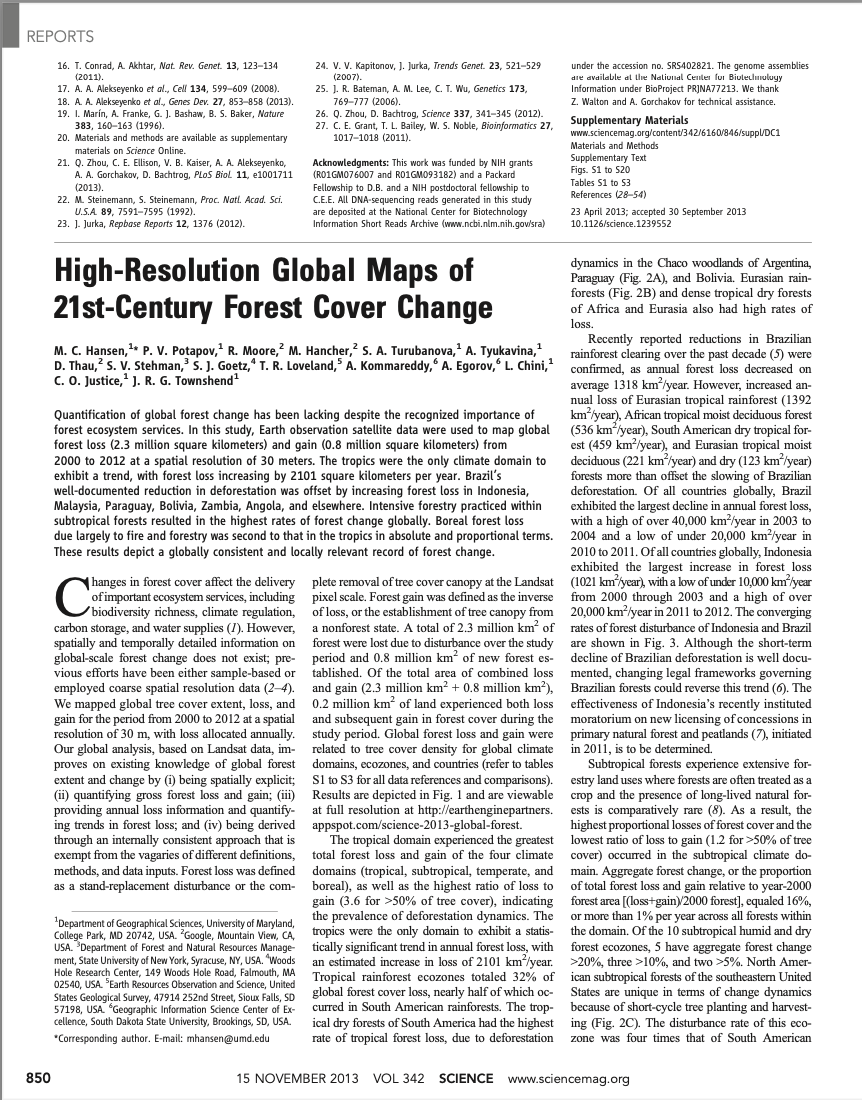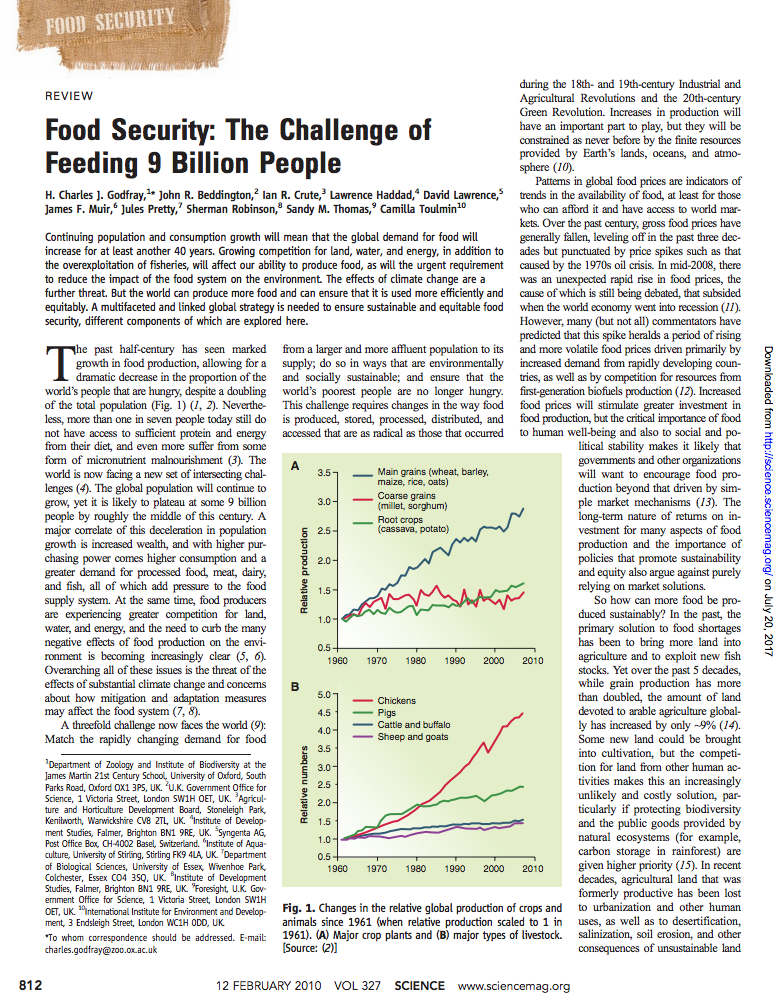Location
P.O. Box 96178
Washington DC, 20090-6178
Science has been at the center of important scientific discovery since its founding in 1880—with seed money from Thomas Edison. Today, Science continues to publish the very best in research across the sciences, with articles that consistently rank among the most cited in the world. In the last half century alone, Science published:
- The entire human genome for the first time
- Never-before seen images of the Martian surface
- The first studies tying AIDS to human immunodeficiency virus
A trailblazer in online publishing as well, the Science family of publications has grown to include two online journals, Science Translational Medicine and Science Signaling—and the bold, new open-access journal, Science Advances.
Science Translational Medicine is an essential platform for peer-reviewed, multidisciplinary research driving the latest medical advances. Science Signaling offers original review articles, protocols and teaching resources for the growing field of cellular signal transduction. Science Advances represents the next generation of online publishing, with rapid publication of significant, full-length research that is available free to readers.
The Science family of journals is published by the American Association for the Advancement of Science (AAAS), the world’s oldest and largest general science organization. The nonprofit AAAS serves 10 million people through primary memberships and affiliations with some 262 scientific societies and academies.
A voice for science and scientists everywhere, AAAS fulfills its mission to “advance science and serve society” by communicating the value of science to the public, helping governments formulate science policy, promoting advancements in science education and diversity, and helping scientists develop their careers.
Members:
Resources
Displaying 1 - 2 of 2High-Resolution Global Maps of 21st-Century Forest Cover Change
Quantification of global forest change has been lacking despite the recognized importance of forest ecosystem services. In this study, Earth observation satellite data were used to map global forest loss (2.3 million square kilometers) and gain (0.8 million square kilometers) from 2000 to 2012 at a spatial resolution of 30 meters. The tropics were the only climate domain to exhibit a trend, with forest loss increasing by 2101 square kilometers per year.
Food Security: The Challenge of Feeding 9 Billion People
Continuing population and consumption growth will mean that the global demand for food will increase for at least another 40 years. Growing competition for land, water, and energy, in addition to the overexploitation of fisheries, will affect our ability to produce food, as will the urgent requirement to reduce the impact of the food system on the environment. The effects of climate change are a further threat. But the world can produce more food and can ensure that it is used more efficiently and equitably.




